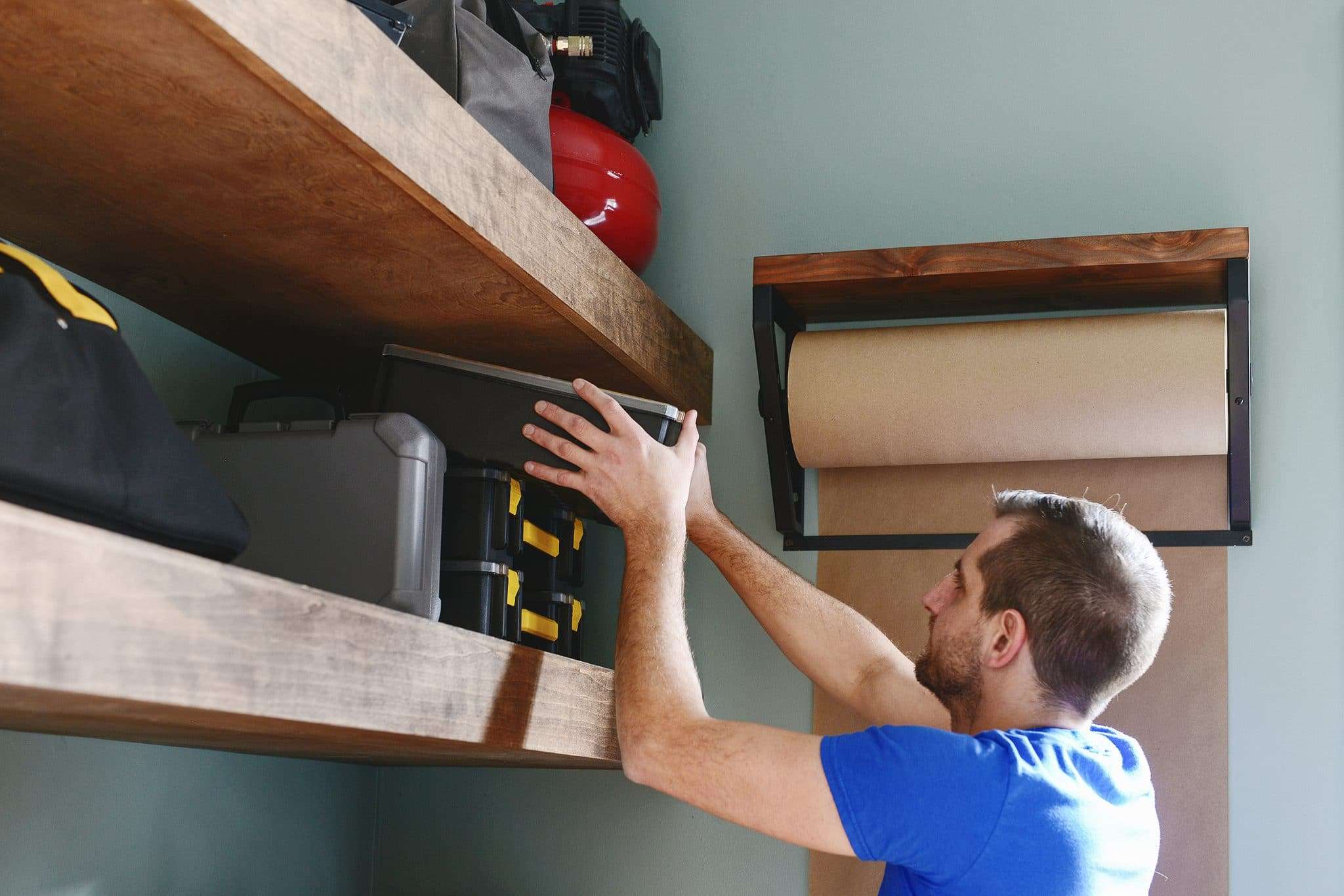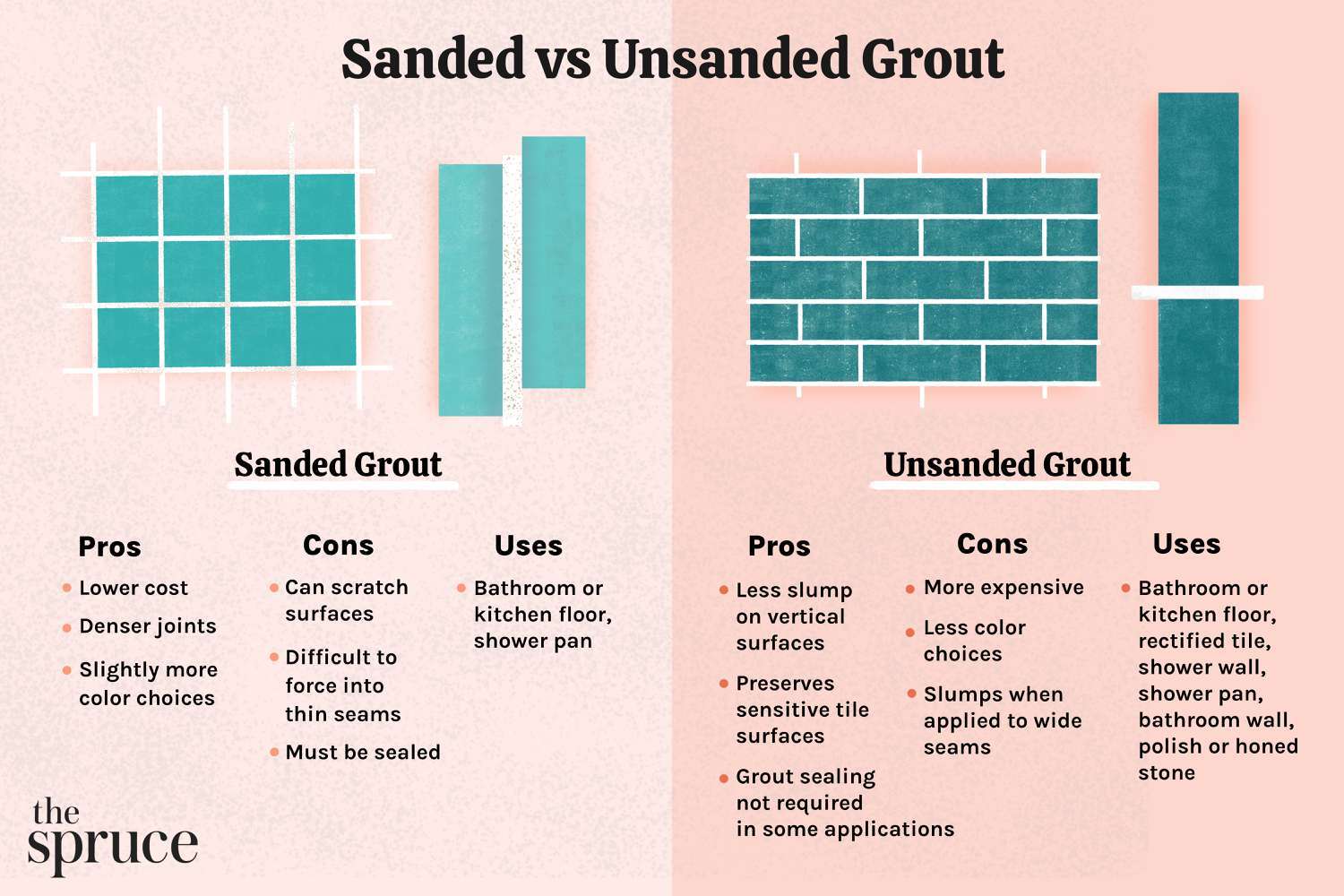What’S the Difference Between Pex A and Pex B: Expert Insights

PEX A and PEX B differ in manufacturing processes and flexibility. PEX A is more flexible, while PEX B is more rigid.
PEX, or cross-linked polyethylene, is a popular choice for plumbing systems due to its durability and ease of installation. PEX A, created using the Engel method, offers superior flexibility and is less prone to kinking. This flexibility makes PEX A ideal for complex plumbing systems with tight bends.
PEX B, produced through the Silane method, is more rigid and has a higher bursting pressure. It’s often chosen for its affordability and strength. Both types resist corrosion and scaling, providing reliable performance. Understanding the differences helps in selecting the right type for specific plumbing needs.
Introduction To Pex Pipes
PEX pipes are a popular choice in plumbing today. These pipes are flexible, durable, and affordable. But what exactly are PEX pipes? PEX stands for cross-linked polyethylene. This material is used for water supply systems. There are different types of PEX pipes, including PEX A and PEX B. Let’s explore their history and uses.
History Of Pex
PEX pipes were first developed in the 1960s. They were invented in Europe. By the 1980s, PEX pipes became popular in the United States. These pipes have been used for over 50 years now. They have revolutionized plumbing with their ease of use.
Applications In Plumbing
PEX pipes are used in various plumbing applications. They are common in residential homes. These pipes can be used for hot and cold water lines. PEX is also suitable for radiant floor heating systems. PEX A is more flexible and can be used in tight spaces. PEX B is more rigid but still flexible enough for most uses.
| PEX Type | Flexibility | Common Uses |
|---|---|---|
| PEX A | Highly flexible | Tight spaces, radiant heating |
| PEX B | Moderately flexible | General plumbing, water lines |
Both PEX A and PEX B have their own advantages. The choice depends on the specific needs of the plumbing project.
What Is Pex A?
PEX A is a type of cross-linked polyethylene used in plumbing. It is known for its flexibility and durability. PEX A is often preferred in many plumbing projects due to its unique properties.
Manufacturing Process
PEX A is made using the Engel method, a process that involves high pressure. This method ensures the cross-linking of the polyethylene molecules. The result is a highly flexible and durable material.
Key Features
- Flexibility: PEX A is the most flexible among PEX types.
- Durability: It withstands extreme temperatures and pressures.
- Ease of Installation: Its flexibility allows for fewer fittings.
- Memory Effect: PEX A can return to its original shape after being bent.
| Feature | PEX A |
|---|---|
| Flexibility | High |
| Durability | High |
| Memory Effect | Yes |
| Installation Ease | High |
What Is Pex B?
PEX B, or cross-linked polyethylene type B, is a popular plumbing material. It offers numerous benefits for residential and commercial plumbing.
Manufacturing Process
PEX B is made using the Silane method, also known as moisture cure. This process involves exposing the polyethylene to a silane compound and water. This results in a strong, durable pipe.
- Step 1: Ethylene is polymerized into polyethylene.
- Step 2: Silane compound is added to the polyethylene.
- Step 3: The material is exposed to moisture to complete the cross-linking.
Unlike PEX A, PEX B is not as flexible. However, it has a higher resistance to chlorine and UV light.
Key Features
PEX B offers several key features that make it a great choice:
- Cost-Effective: PEX B is generally cheaper than PEX A.
- Durability: It is resistant to chlorine and UV light.
- Resistance: It has high resistance to cracking and chemicals.
- Stiffness: PEX B is stiffer compared to PEX A, making it less prone to sagging.
- Compatibility: Works well with standard plumbing fittings and systems.
These features make PEX B a reliable choice for many plumbing applications.

Credit: m.youtube.com
Comparing Pex A And Pex B
When choosing plumbing materials, understanding PEX A and PEX B differences is crucial. Both types have unique features that suit different needs. Below, we compare their durability and flexibility to help you decide.
Durability
PEX A is known for its high resistance to cracking. It can withstand extreme temperatures well. This makes it a great choice for both hot and cold water systems.
PEX B is also durable but less resistant to freezing conditions. It is more affordable than PEX A and offers decent durability for most residential applications.
| Feature | PEX A | PEX B |
|---|---|---|
| Crack Resistance | High | Moderate |
| Temperature Resistance | Excellent | Good |
| Cost | Higher | Lower |
Flexibility
One of PEX A’s standout features is its superior flexibility. This allows for easier installation in tight spaces. It can bend more easily around corners without the need for fittings.
In contrast, PEX B is less flexible but still manageable. It requires more fittings to navigate corners and obstacles. This can increase installation time and complexity.
- PEX A: Highly flexible
- PEX B: Less flexible
Installation Differences
Understanding the installation differences between PEX A and PEX B is crucial. Both types offer unique benefits and challenges. This section will help you grasp these differences with ease.
Tools Required
Each type of PEX tubing requires specific tools for installation. Below is a table summarizing the tools needed for PEX A and PEX B.
| Tool | PEX A | PEX B |
|---|---|---|
| Expansion Tool | Required | Not Required |
| Crimp Tool | Not Required | Required |
| Clamp Tool | Optional | Optional |
For PEX A, an expansion tool is a must. This tool helps expand the tubing to fit over the fittings. PEX B requires a crimp tool to secure the connections. Both types can use a clamp tool, but it is optional.
Ease Of Installation
The ease of installation varies between PEX A and PEX B. Let’s break it down:
- PEX A: Easier to bend and more flexible. Ideal for tight spaces.
- PEX B: Less flexible, making it harder to work with in confined areas.
PEX A is often considered easier to install due to its flexibility. It can bend around corners without much effort. This makes it suitable for retrofitting and complex layouts. PEX B, on the other hand, is stiffer. It requires more effort to maneuver, which can be challenging in tight spaces.
Both types of PEX have their own installation methods and tools. Understanding these differences can help you choose the right type for your project.

Credit: willplumb.com
Performance In Various Conditions
Understanding the performance of PEX A and PEX B under different conditions helps in making informed decisions. Knowing how each type responds to temperature and pressure is crucial for selecting the right material for plumbing projects.
Temperature Resistance
PEX A offers superior flexibility, especially in cold temperatures. This makes it ideal for use in freezing climates. The material can expand and contract without cracking. This property ensures longevity and reliability.
PEX B, while still effective, has less flexibility compared to PEX A. Its rigidity can lead to cracking in extreme cold. However, PEX B performs well under high temperatures, making it suitable for hot water systems.
Here’s a comparison in a table format:
| Property | PEX A | PEX B |
|---|---|---|
| Cold Temperature Resistance | Excellent | Moderate |
| High Temperature Resistance | Good | Excellent |
Pressure Handling
PEX A is known for its ability to handle high pressure. The material’s flexibility allows it to absorb pressure changes without damage. This makes it suitable for areas with fluctuating water pressure.
PEX B is also strong under pressure, but it is less forgiving than PEX A. It can handle consistent pressure well but might struggle with sudden pressure changes. This makes it better suited for stable pressure environments.
Here’s a comparison in a table format:
| Property | PEX A | PEX B |
|---|---|---|
| High Pressure Resistance | Excellent | Good |
| Pressure Change Tolerance | Excellent | Moderate |
Cost Considerations
When choosing between PEX A and PEX B, cost is a key factor. Understanding the differences in Material Costs and Labor Costs helps make an informed decision.
Material Costs
Material costs play a significant role. PEX A is generally more expensive than PEX B. This is due to its higher flexibility and superior performance in extreme temperatures.
| Material | Cost per Foot |
|---|---|
| PEX A | $0.50 – $0.70 |
| PEX B | $0.30 – $0.50 |
PEX B offers a more budget-friendly option. It is less flexible but still durable.
Labor Costs
Labor costs also impact the overall budget. PEX A is easier to install. Its flexibility reduces the need for additional fittings, lowering labor time.
- PEX A: Easier to work with, reducing labor costs.
- PEX B: Requires more fittings and connections, increasing labor time.
PEX A installation needs fewer tools. This can further reduce labor costs.
In summary, while PEX A has higher material costs, it often saves on labor. PEX B is cheaper initially but may incur higher labor expenses.
Expert Recommendations
Choosing the right PEX type can be tricky. Experts often recommend based on specific needs. Here’s what they say about PEX A and PEX B.
Best Applications For Pex A
PEX A is more flexible. It works well in tight spaces. Experts recommend it for home renovations. It’s great for retrofitting old plumbing. PEX A resists kinking better. It can handle extreme temperatures. It is ideal for radiant floor heating. Use it for ice melting systems.
Best Applications For Pex B
PEX B is less flexible but more affordable. It is perfect for new construction. Use it for cold and hot water lines. PEX B is more resistant to chlorine. It is a good choice for municipal water systems. It’s also great for DIY projects. It uses a simple crimping method for connections.
| Feature | PEX A | PEX B |
|---|---|---|
| Flexibility | High | Moderate |
| Temperature Resistance | High | Moderate |
| Cost | Higher | Lower |
| Connection Method | Expansion | Crimping |
Remember: Choose PEX A for flexibility and temperature resistance. Choose PEX B for cost-effectiveness and ease of installation.
Frequently Asked Questions
Which Is Better, Pex-a Or Pex-b?
PEX-A is more flexible and has better freeze resistance. PEX-B is more affordable and has higher chlorine resistance. Choose based on your specific needs.
Can I Use Pex-b Fitting For Pex-a?
Yes, you can use PEX-B fittings for PEX-A. Ensure compatibility with your system for best results.
What Is The Best Type Of Pex To Use?
PEX-A is the best type of PEX for most applications. It’s highly flexible, durable, and resistant to kinks.
Can You Use Crimp On Pex-a?
Yes, you can use crimp fittings on PEX-a tubing. Ensure you use the correct crimp rings and tools for a secure connection.
Conclusion
Choosing between PEX A and PEX B depends on your specific needs. PEX A offers flexibility and easier installation, while PEX B is more affordable and durable. Both have their unique advantages and are suitable for different plumbing applications. Evaluate your project requirements to make the best choice for your home or business.





